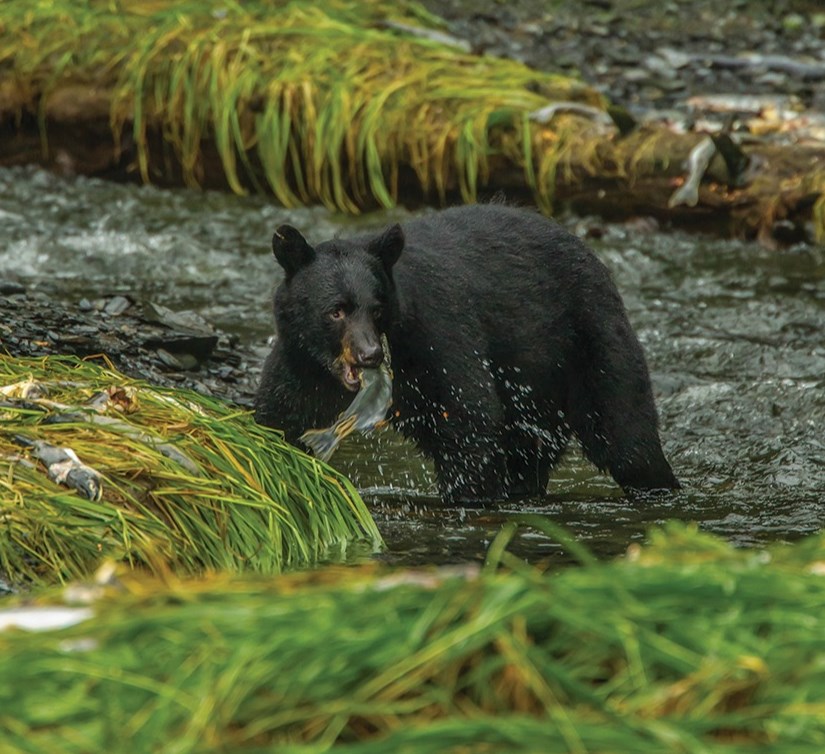The warmer months in Alberta are a time to enjoy the great outdoors. However, when camping, hiking, hunting or taking part in other pursuits in the wilderness, people should be aware of the presence of bears and take precautions while in bear country.
As the lazy, warm days of summer give way to autumn, bears will be getting ready for the winter months. According to Calli Forbes, a spokesperson with the provincial government, bear activity will increase during the fall as bears put more effort into foraging and building up their fat reserves for the long winter hibernation period.
“Although bears will be more active, the risk associated with bear encounters doesn’t necessarily change,” Forbes told Lakeland This Week. “Outdoor enthusiasts should always be prepared and know what to do in the event of a bear encounter.”
Negative encounters between bears and humans, Forbes continued, are uncommon throughout the province. This year, Alberta Fish and Wildlife has no recorded attacks on humans within provincial lands. However, there was one recorded non-fatal attack on humans in Waterton Lakes National Park in early June.
She added while an attack from a grizzly bear is more dangerous than that from a black bear, there are recorded fatalities because of an attack by both species of bear.
This summer in the Lakeland region of the province, there have been no physical encounters between bears and people, but there have been reports in semi-rural subdivisions and rural acreages or farms of incidences that mostly revolve around black bears that have gained access to human attractants such as bird feeders, improperly stored domestic garbage, and fruit trees.
“Occasionally, this type of conflict results in property damage,” she stated.
There are several ways for the public to get information on bear safety, Forbes continued, which includes the Alberta BearSmart program. The goal of this program is to educate the public on bear safety information and how communities across Alberta can reduce conflict between people and bears.
Alberta Wildlife Enforcement Services regularly posts bear safety tips online, as well as living and recreating in bear country.
When it comes to responding to incidents involving bears, Forbes says Fish and Wildlife officers base their responses on a decision-making matrix included in either the Black Bear Response Guide or the Grizzly Bear Response Guide.
“Along with these response guides, officers will consider the nature of the complaint, the risk associated with the reported bear and the bear’s behaviour and activities,” she said.
In some areas of the province, she continued, it may become common for bears to enter populated areas. Some cities, such as Fort McMurray, are surrounded by excellent habitat for black bears tend to see a higher complaint volume.
Dealing with a bear that has come into a populated area may simply be resolved by providing information to residents about how to mitigate conflict, or an officer may make efforts to trap and relocate the problem bear.



